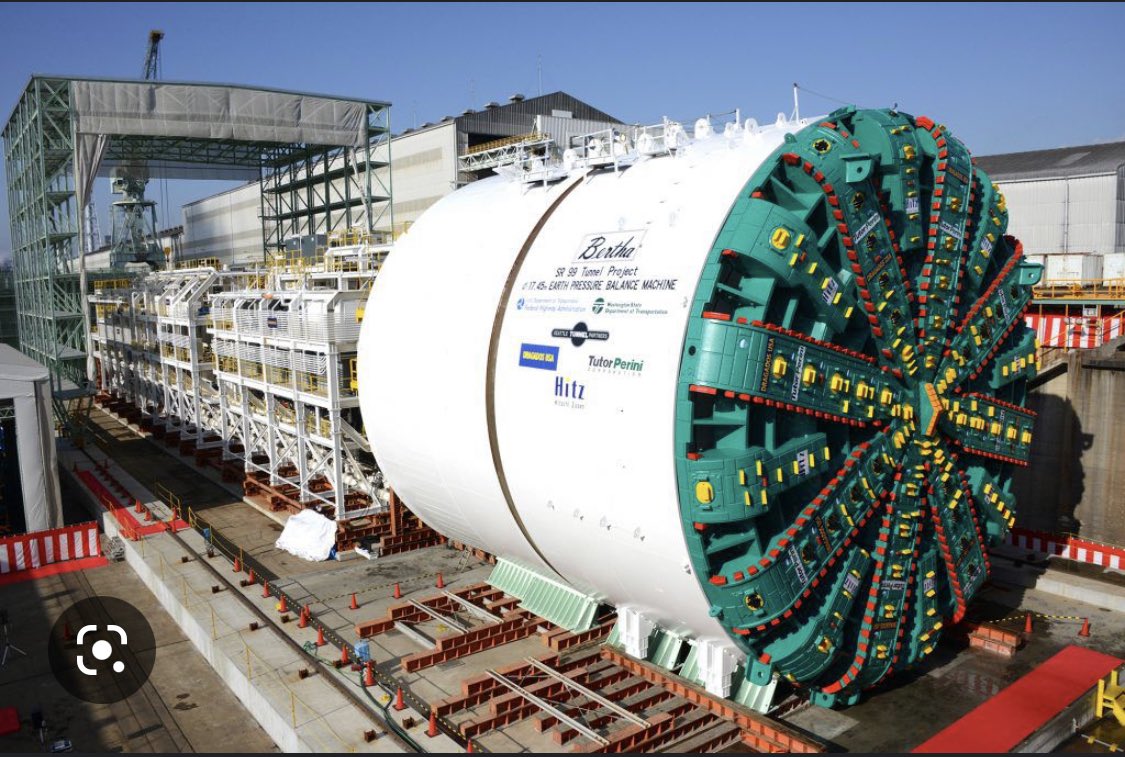
KENYA'S KONZA TECHNO CITY: is the project well planned? It’s impact and why it came to a standstill. #smartcities 



Back in 2008, the Kenyan Government announced to the world its intention to build the Konza Technology City, a smart city also known as Silicon Savannah, which was officially going to be the key feature of Kenya Vision 2030, the ambitious national project to modernize the country
The inauguration of this African smart city was planned for 2020. However, to date, only three of the eight planned buildings have been completed and it has experienced numerous interruptions due to administrative and economic issues,
which have scared off the startups that were originally interested in making Kenya their home.
Just when it looked like it would end up stored away in a drawer, in February, the announcement came that 40% of Konza Technopolis (which is how it has been re-christened) had been sold
Just when it looked like it would end up stored away in a drawer, in February, the announcement came that 40% of Konza Technopolis (which is how it has been re-christened) had been sold
to investors, and the construction of some of its main buildings has been completed. A glimpse of hope for this future African smart city?
If it were to become a reality, Konza would be the most advanced African city and an important driving force for economic growth, education and employment for the country as a whole. Its aim is to become a leading business process outsourcing hub, develop various industries
And build a university campus with a focus on research and technology, as well as hotels, residential areas, schools and hospitals.
The aim of its designation as a special economic zone is to attract investment and also to enable economic growth to be stimulated through
The aim of its designation as a special economic zone is to attract investment and also to enable economic growth to be stimulated through
information and communication technology.
It also plans to create a scientific park, a conventions center, shopping malls, hotels, international schools and a health center.
This is the pledge of 'Kenya Vision 2030', the national development plan designed to convert the
It also plans to create a scientific park, a conventions center, shopping malls, hotels, international schools and a health center.
This is the pledge of 'Kenya Vision 2030', the national development plan designed to convert the
African state into "a newly-industrializing, middle income country providing a high quality of life to all its citizens in a clean and secure environment".
With an estimated cost of $14.5 billion,the government promised to finance 10% of Konza for infrastructures, while the private sector would provide the rest of the funding to build universities, offices, housing and hotels.
However, the processes to create KoTDA, a legal
However, the processes to create KoTDA, a legal
entity that facilitates the signing of contracts with external lenders, were delayed until 2013. A year before, in 2012, the National Land Commission (NLC), which administers public land, introduced a tedious acquisition procedure which led to even further delays in the project.
Although the project's first brick was laid in 2013, not everyone agrees with the Konza Technopolis master plan. Some publicly doubt whether it will be executed. Its colossal size, intended to offer the aforementioned services, render it somewhat unfeasible.
Its location has also been questioned, given its distance from the capital, making it less appealing for professionals. Another criticism is that the project does not make use of the country's existing infrastructures.
This delay has scared off at least one German university
This delay has scared off at least one German university
and numerous startups. Like for more 😉
• • •
Missing some Tweet in this thread? You can try to
force a refresh








